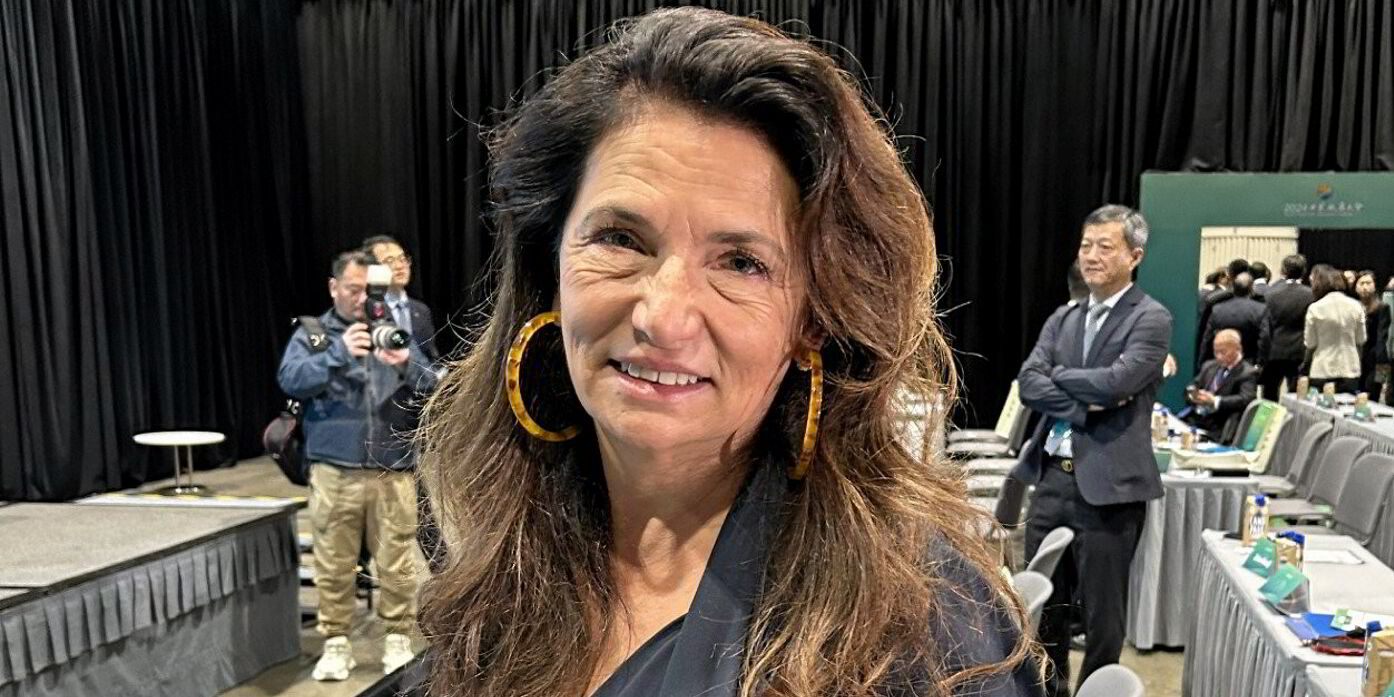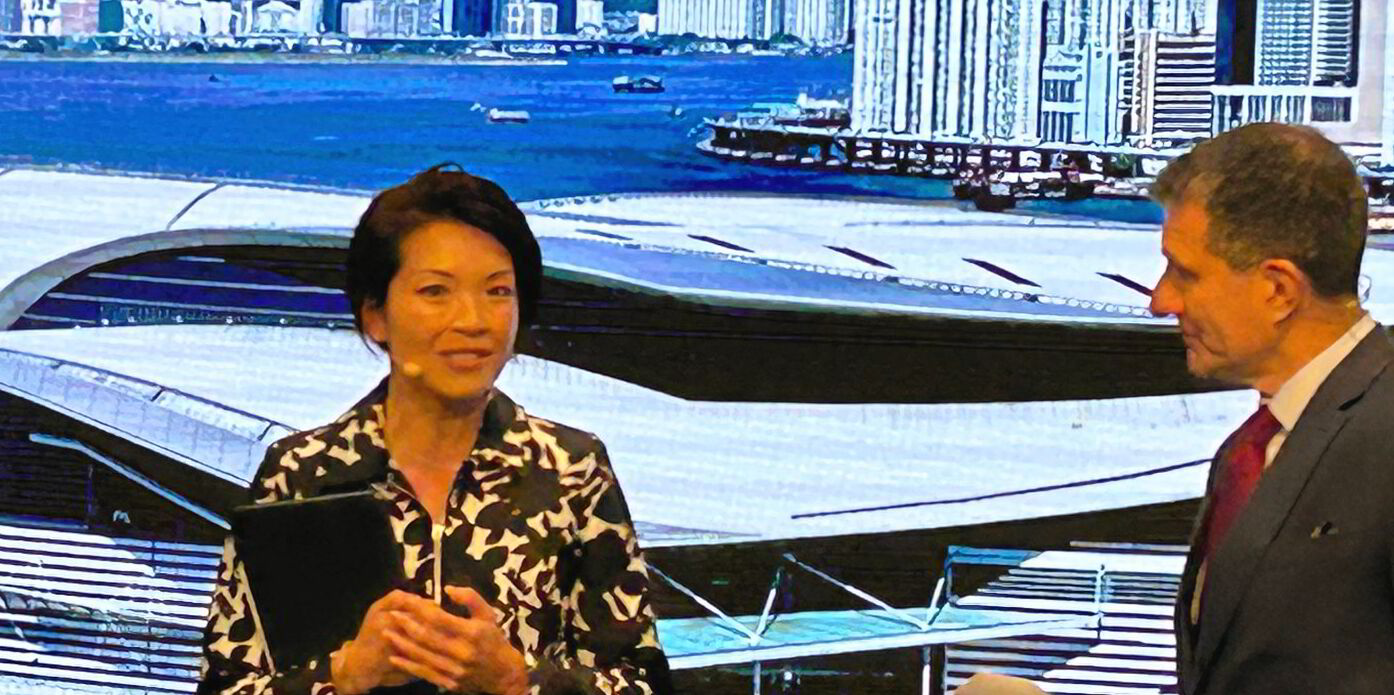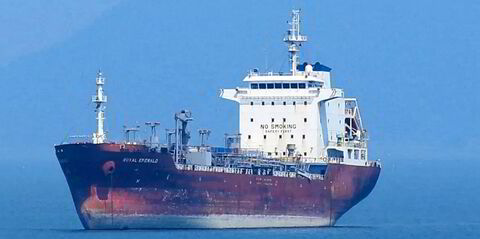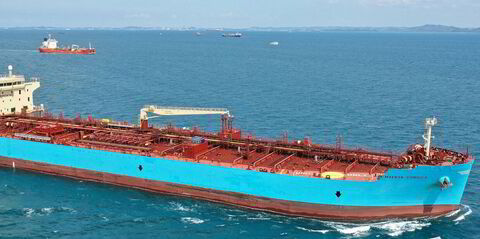There is no going back to the old days of container shipping after four years of boom, a conference in Hong Kong heard today.
Yet the industry needs to remain vigilant as further disruption from tariffs, wars, possible port strikes and the danger of oversupply loom on the horizon.
Christine Cabau Woehrel, executive vice president of French liner giant CMA CGM, told the World Maritime Merchants Forum: “We don’t think that there will be a return to the old world of the container industry.
“There is now a new normal in our industry that we need to capture and … capitalise on.
“And this new normal is made of a lot of uncertainties and a lot of challenges.”
Peter Pan, a director of Hong Kong-based Orient Overseas Container Line, said some of those challenges have arisen following the US election, which has increased the risk of tariffs on container shipments.
“In the near term, shippers may front-load shipments ahead of these new tariffs, even though no specific timeline has been announced yet,” he said.
“In the long run, the new policy may further accelerate the China-plus-one approach of companies and speed up the relocation of value chains out of China and affected areas.”
The crisis in the Red Sea meant the oversupply issue has not been so obvious this year, he said, but “we must remain vigilant, especially when the Red Sea crisis is resolved, as the currently absorbed shipping capacity will be released and the front-loading behaviour subsides”.
Concerns remain despite a market upswing that has given container shipping the strongest conditions outside of the Covid period, according to Xing Yue, general manager of Clarksons Research (Greater China).
“A few factors like the Red Sea rerouting, the improving volumes and also some congestion are supporting the freight and the charter rates. But looking forward, shipping remains very challenging,” she said.
“We need to continue to monitor and manage the disruption, and also to deal with trade scenarios.
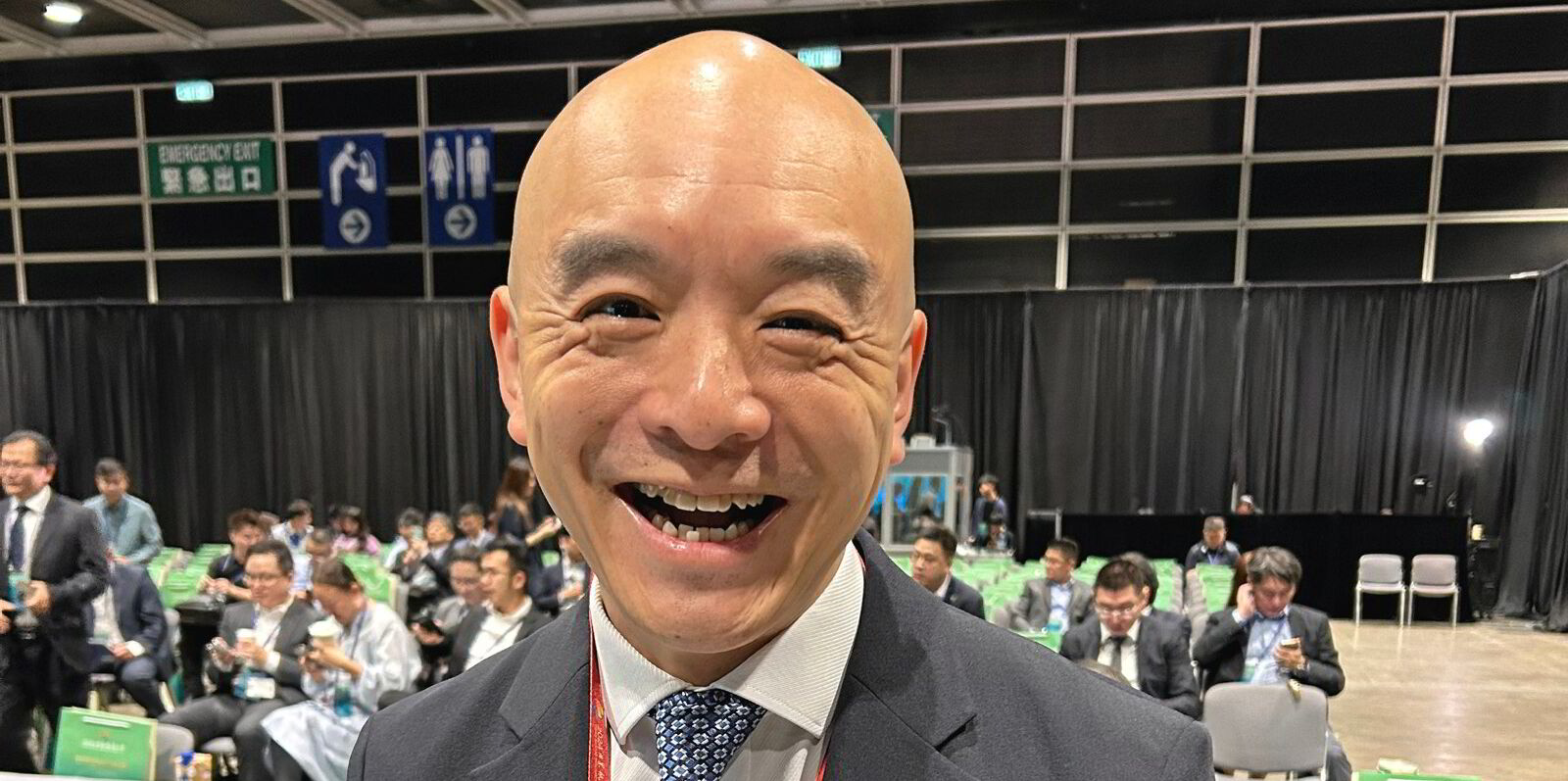
“We need to make fleet renewal and green ship investment some time; it could be tricky.”
Pan said the container shipping landscape will be transformed in 2025 when new alliances emerge, reshaping the competitive dynamics of global shipping and leading to a more competitive market environment.
“Given the uncertain outlook for 2025, carriers are focused more on cost-effectiveness and operational efficiency,” he said.
“This strategic approach will serve as a foundation for addressing various obstacles we may face in the coming years.”
On the other hand, Pan added, expanding market share in emerging markets presents growth opportunities.
Regions such as South America, Africa, the Middle East, India and South East Asia are developing rapidly.
Cabau Woehrel said a new normal resulting from geopolitics will have consequences for the container shipping industry.
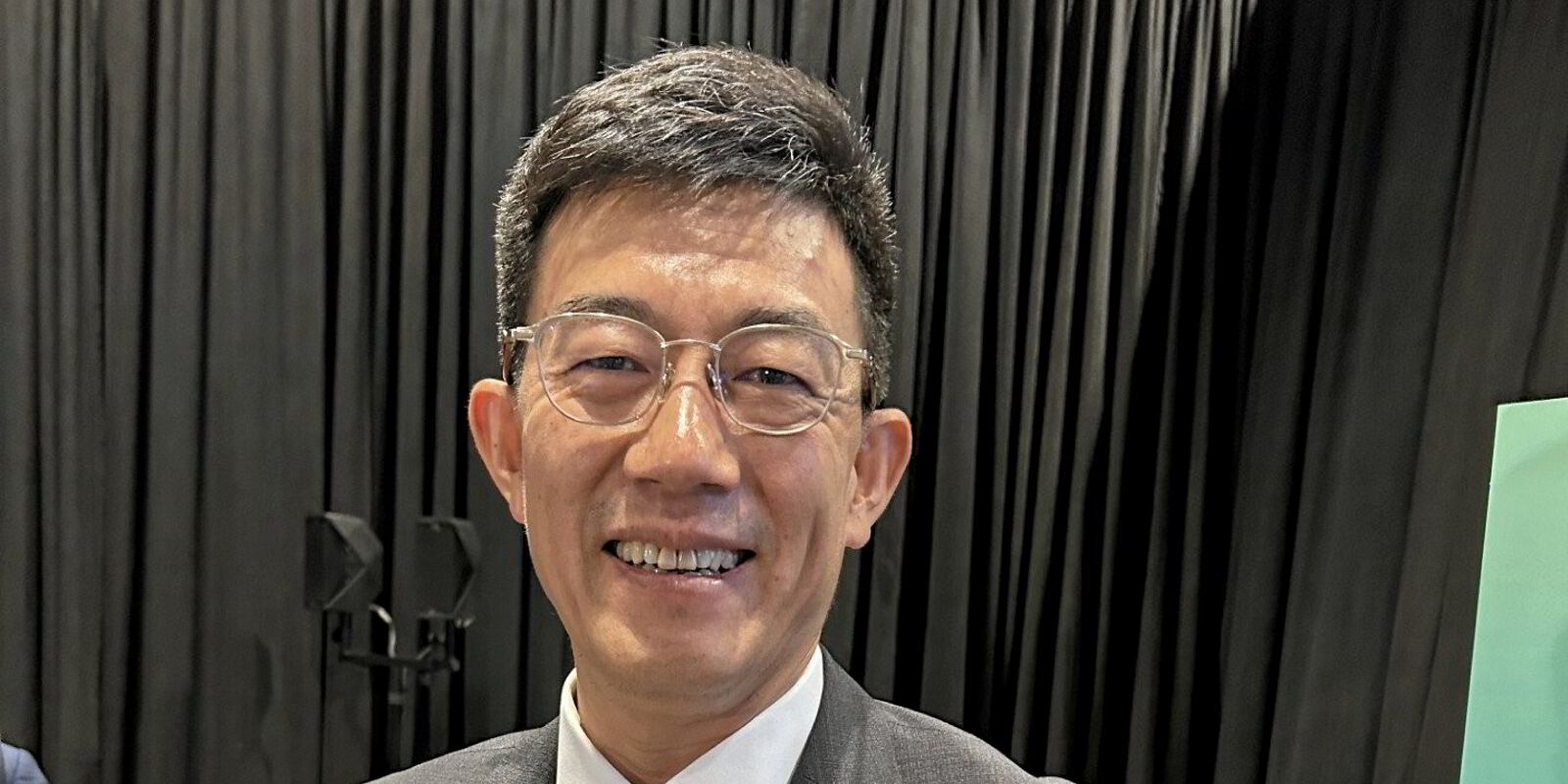
“We have to address the fact that shipping will now constantly … have to focus on the new uncertainties of our political world,” she said.
“We need to adapt; we need to be resilient and we need to go into big new developments that we would never have imagined before.”
Shipping will need to adapt to new routes and new cargo shifts.
Liner operators will have to adjust to port congestion caused by the arrival of more ultra-large 23,000-teu container ships being deployed in Asia and Europe.
“We need to adapt to this new normal because it’s not very easy for ports in the world to create immediately bigger yard space. We need to adapt to that. We need to create new processes with terminals,” Cabau Woehrel said.
CMA CGM has begun applying new ways of working with terminal operators in Singapore and Shanghai.
“Because if we want to restore more fluidity in our port operation, it needs absolutely to go with a bigger and deeper cooperation between the terminals and the shipping lines,” she said.
Another key challenge for lines is meeting their decarbonisation goals, a problem Cabau Woehrel attributes to the high cost of green fuels and the reluctance of shippers to pay.
“But at the end of the day, someone also will have to pay for the extra cost. So this is a big challenge,” she said.
Cabau Woehrel believes regulation will need to be applied on a global basis to create a level playing field.
“We have big challenges ahead of us. But supply chains and customers [are] adaptable.”
